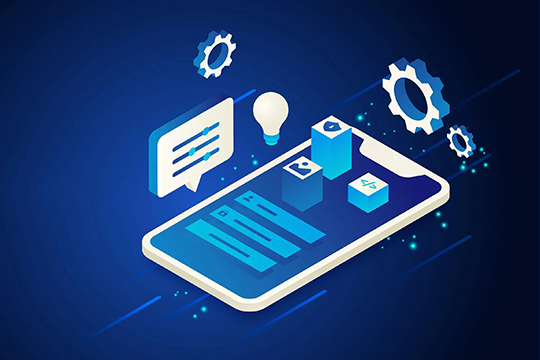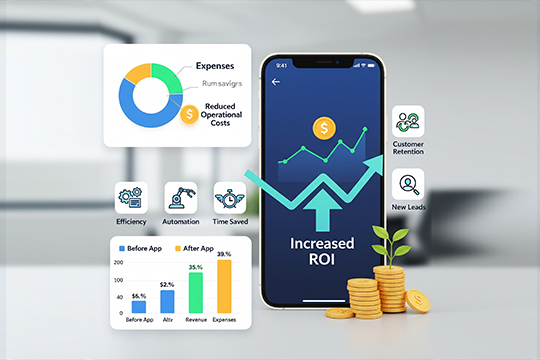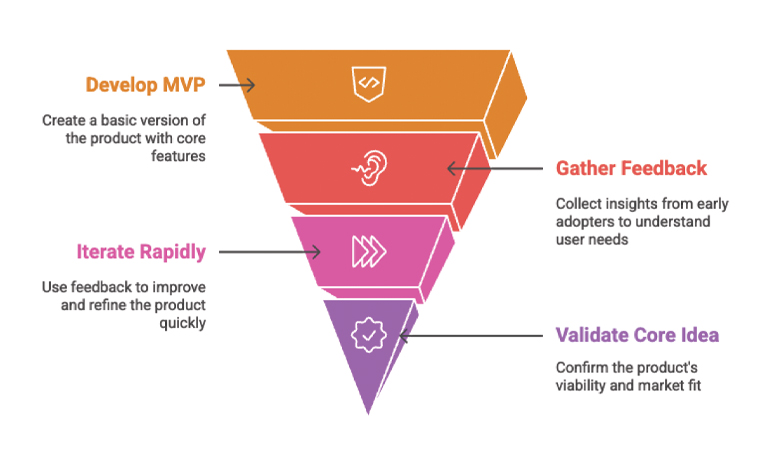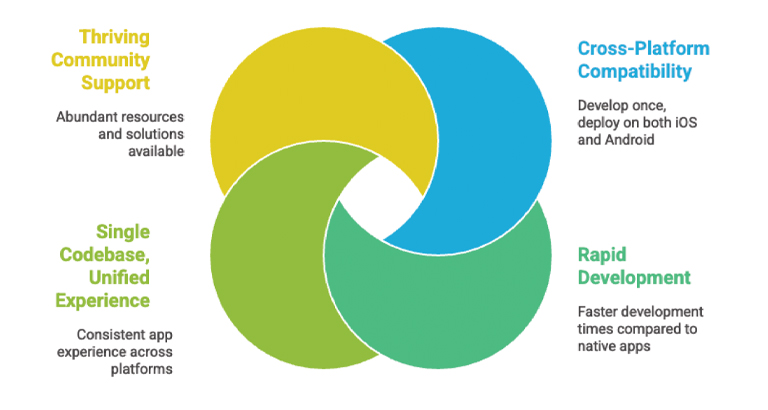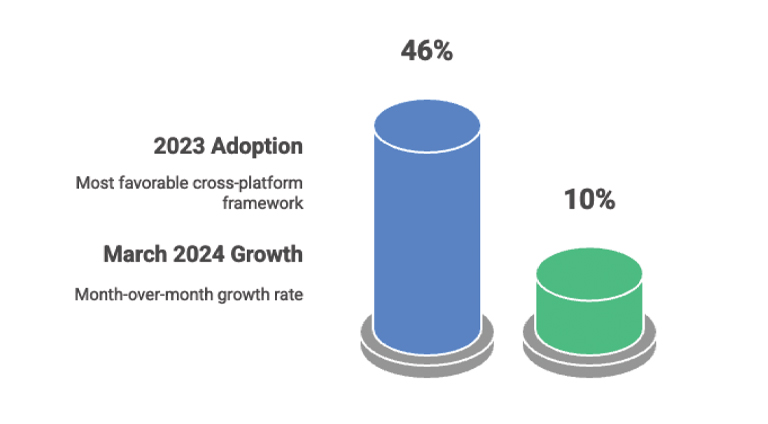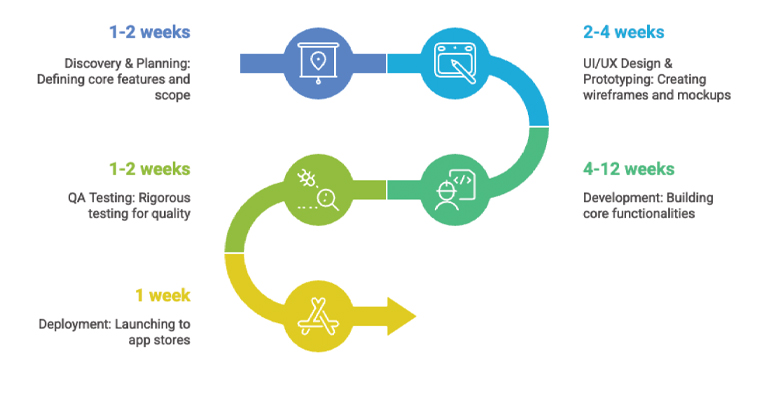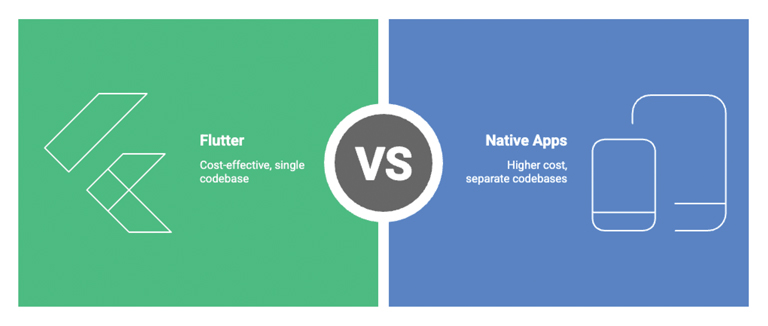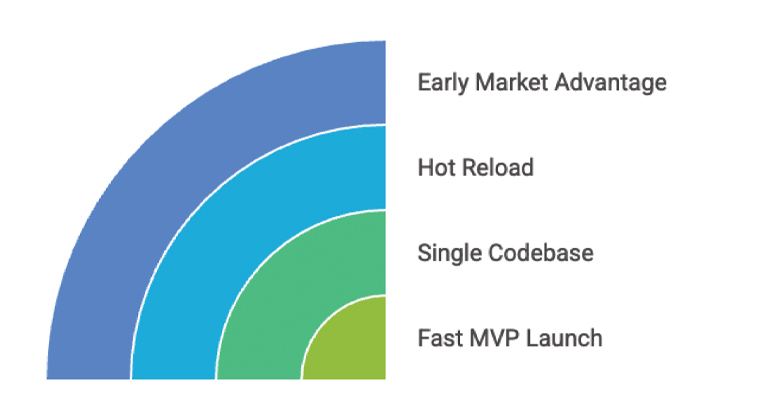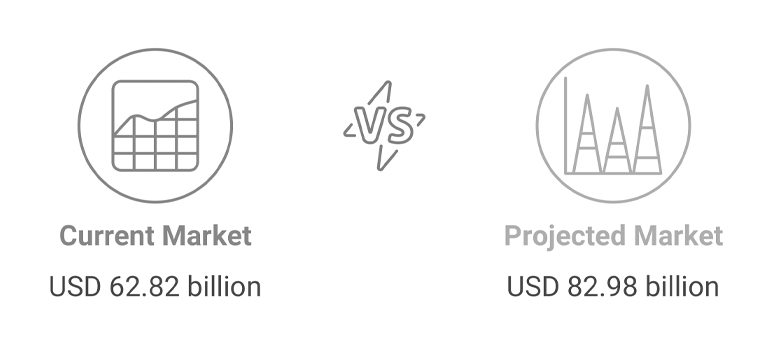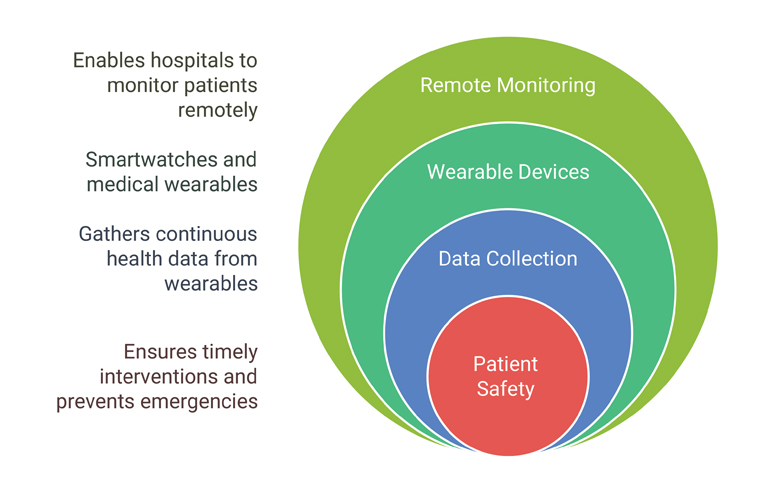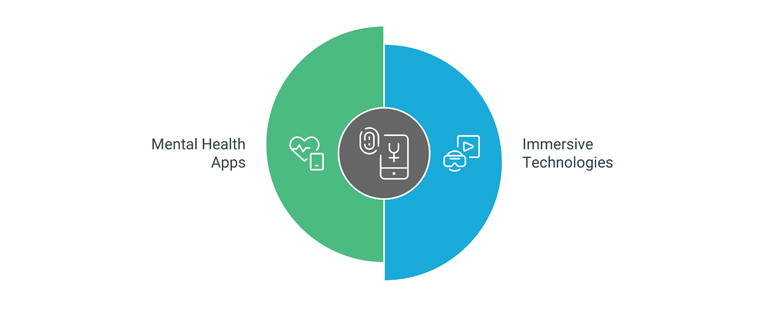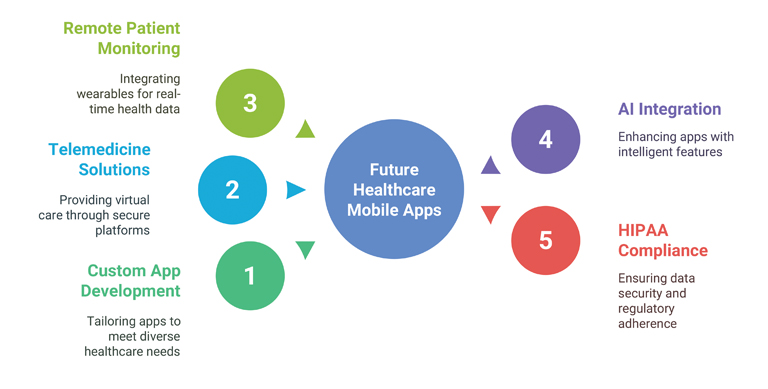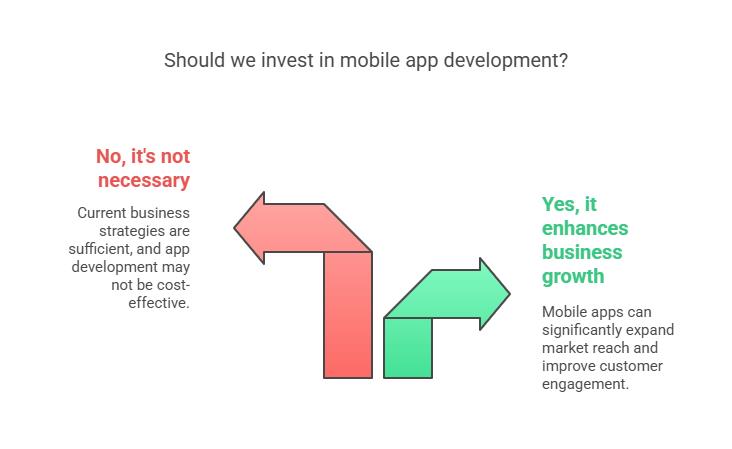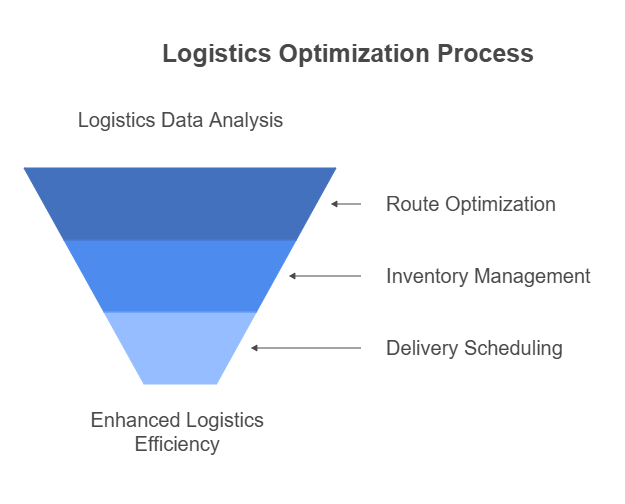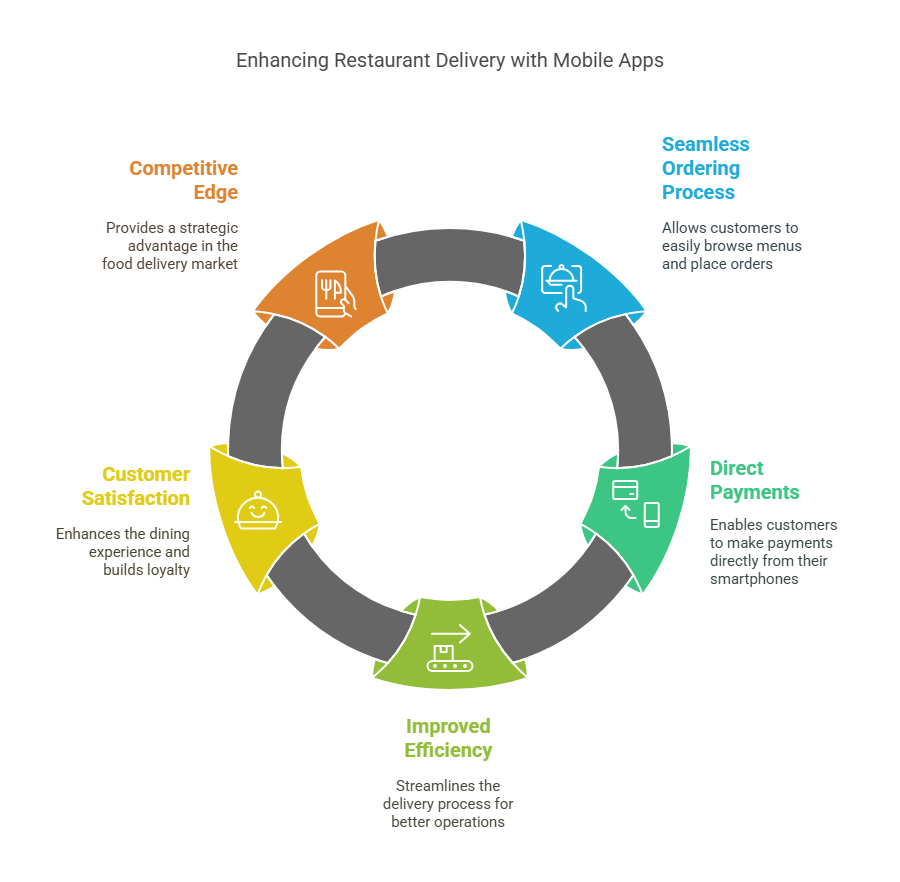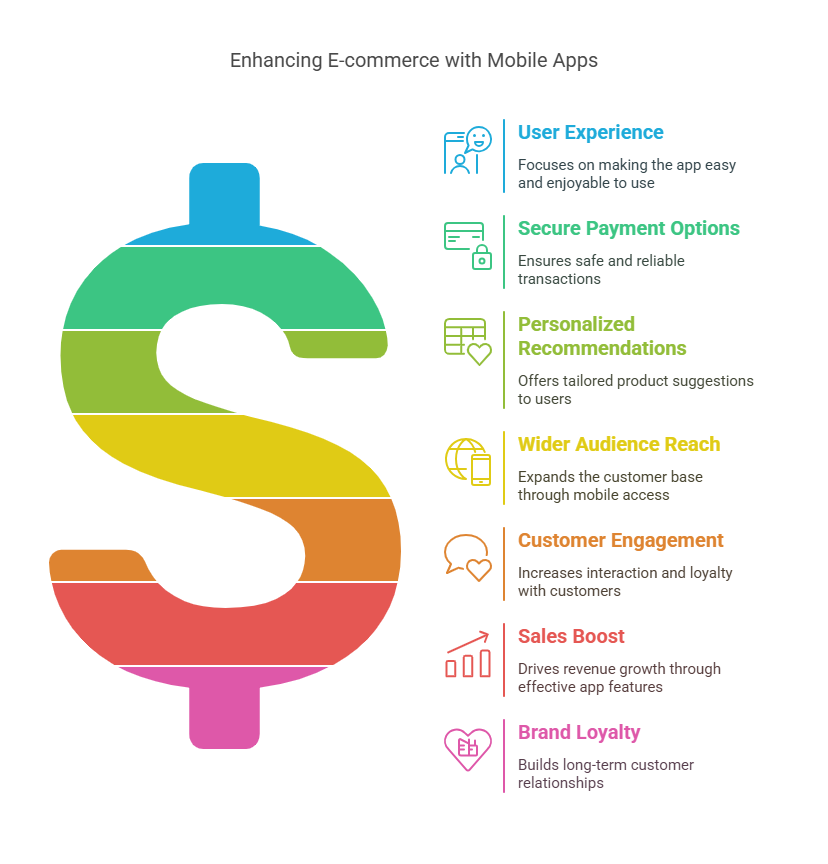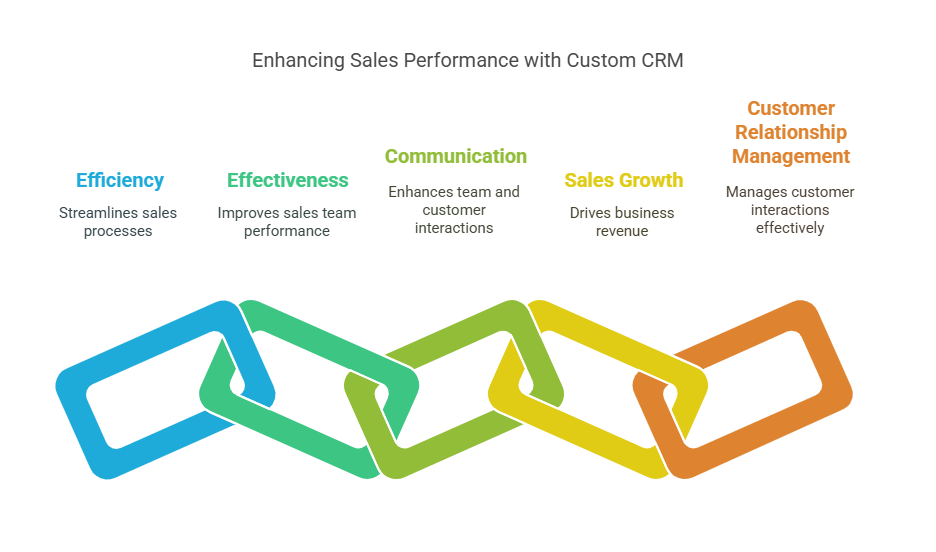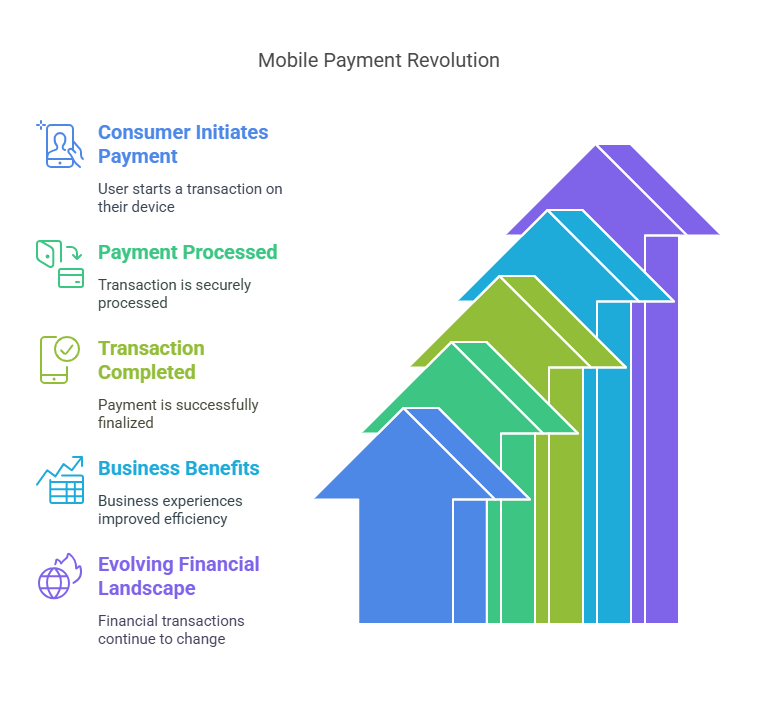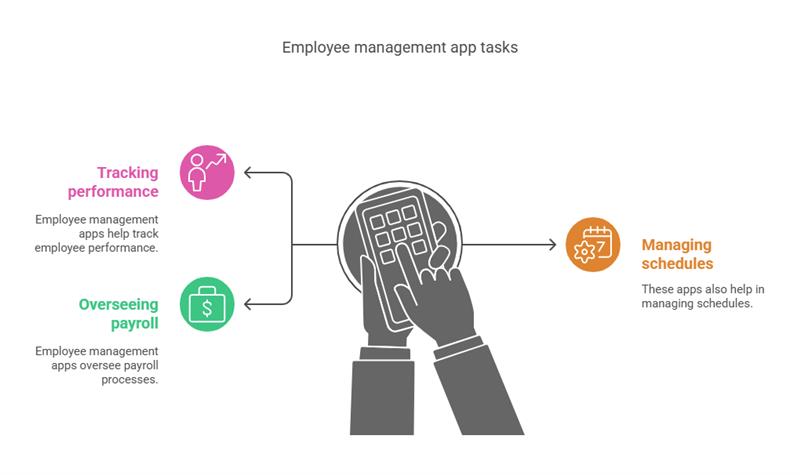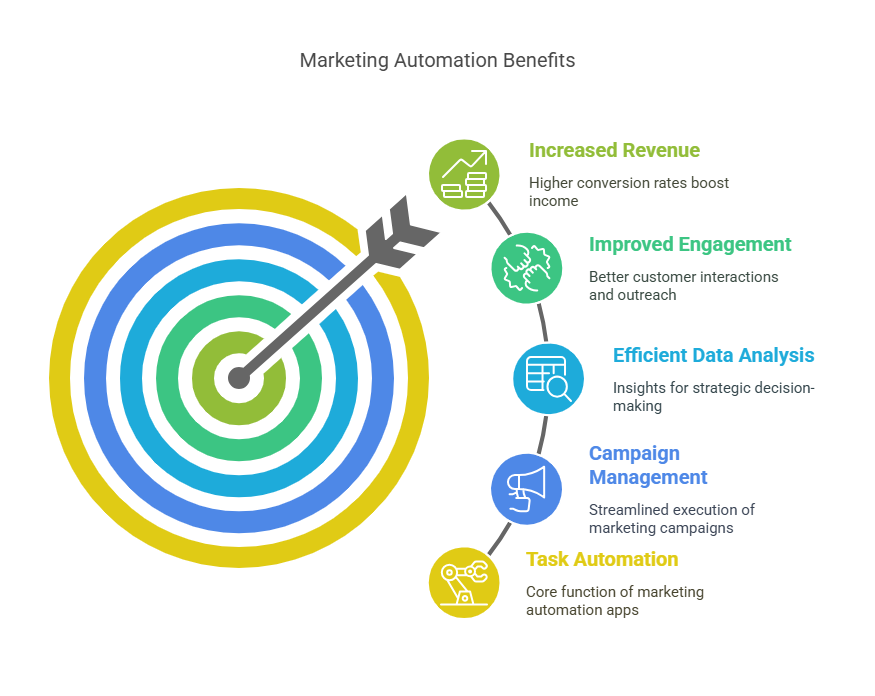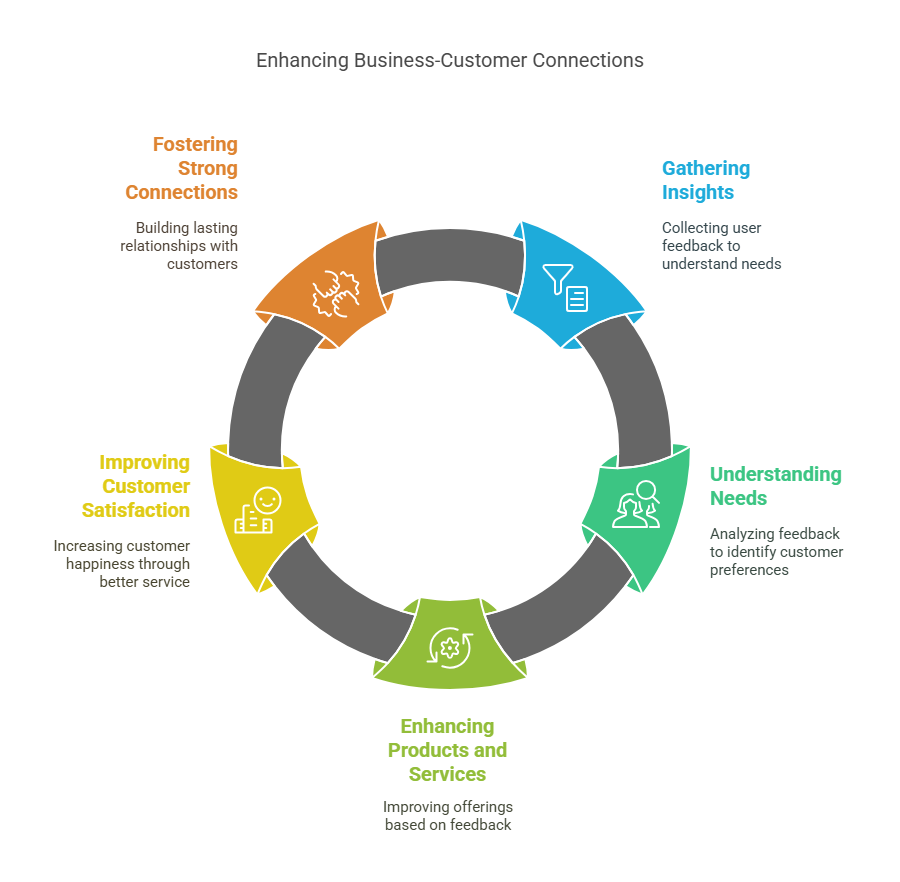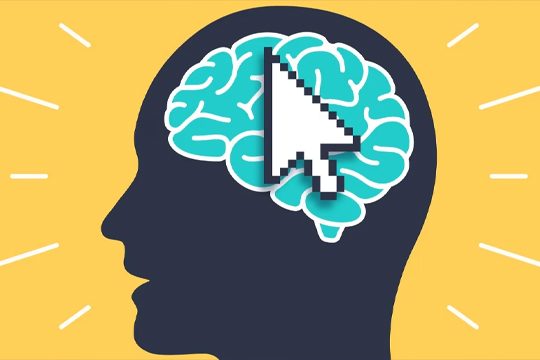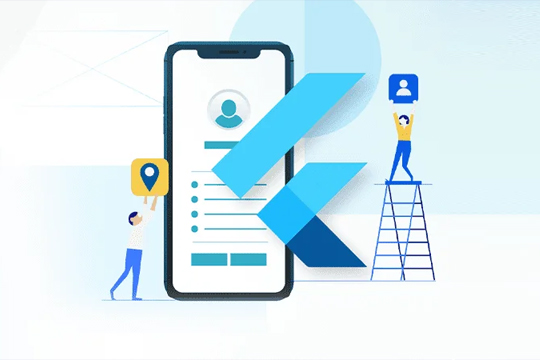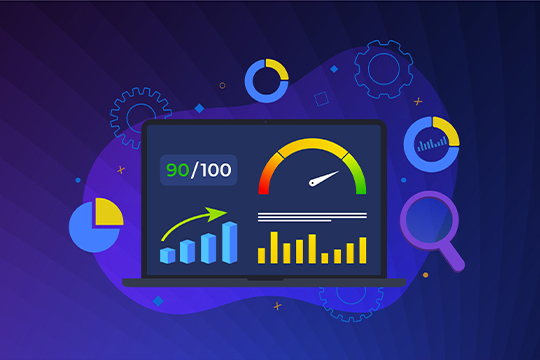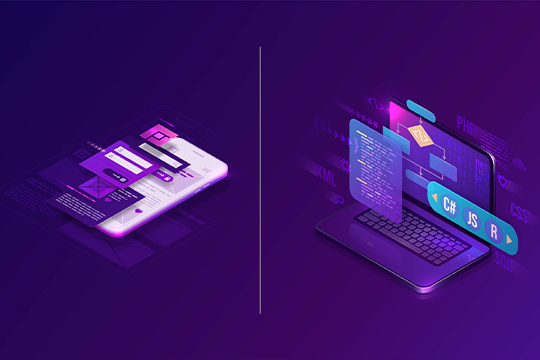Introduction
The mobile application landscape is no longer just about clean design and fast performance; it’s about intelligence. The integration of Artificial Intelligence (AI), sophisticated Chatbots, and seamless Automation is fundamentally transforming how users interact with technology in 2025. Today, an app that predicts user needs, automates complex workflows, or provides instant, conversational support is the standard, not the exception.
For startup founders and established business owners, this shift means that the skills required from a hire mobile app developer have evolved dramatically. You are no longer just hiring for coding proficiency; you are hiring for computational creativity.
The success of your next product hinges on finding experts who can expertly merge reliable mobile engineering with advanced machine learning capabilities. This comprehensive guide will walk you through the essential skills, the precise hiring process, and the strategic considerations necessary to secure top-tier talent for your AI-powered apps.
Building AI-Powered Apps
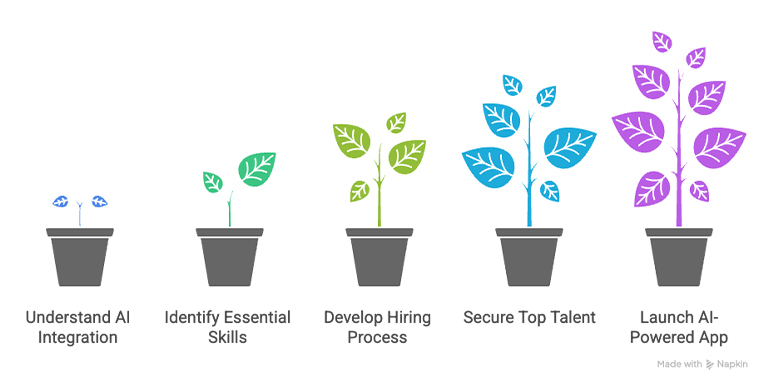
Why AI, Chatbots, and Automation Are Essential in Mobile Apps
The decision to invest in AI mobile app development is rapidly becoming a matter of survival, not just innovation. The benefits extend far beyond a novelty feature, directly impacting key metrics like user retention, personalization, and operational efficiency.
Personalization and Engagement
AI algorithms are the engine of modern personalization. By analyzing user behavior, purchase history, and real-time interaction data, an AI-driven mobile app can dynamically adjust its interface, content recommendations, and even pricing. This hyper-personalization creates a superior user experience (UX) that traditional apps simply cannot match. Studies show that personalized content keeps users coming back: AI-driven mobile apps increase engagement by up to 40%. This boost in retention is invaluable in today’s crowded app marketplaces.
The Rise of Conversational Interfaces (Chatbots)
The days of cumbersome navigation are fading. Users now expect instant answers and resolution. This is where chatbot integration becomes critical. Modern, Large Language Model
(LLM)-powered chatbots can handle complex customer service inquiries, guide users through application features, and even serve as proactive virtual assistants within the app.
The market consensus is clear: Over 80% of businesses are expected to integrate AI chatbots by 2025 (Source: Statista). A mobile app without an intelligent conversational interface risks frustrating users who prefer immediate, 24/7 self-service options. Hiring an AI app developer who can build and train these bots is paramount.
AI-Driven Mobile App Personalization

Streamlining Processes with Mobile Automation
Mobile automation refers to the technology that allows the app to perform repetitive, rule-based, or predictive tasks without constant user input. This includes everything from automated fraud detection during payment processing to smart scheduling and workflow triggers based on location or time.
For internal business apps, automation can dramatically cut down on manual data entry and operational costs. For customer-facing apps, it means faster checkouts, proactive notifications, and simplified user journeys, translating directly into higher conversion rates and a healthier Return on Investment (ROI).
Key Skills to Look for When Hiring Mobile App Developers
To find the right talent capable of delivering truly intelligent AI-powered apps, you need to look beyond standard programming skills. The ideal candidate for your mobile app development services 2025 needs a blend of traditional engineering expertise and advanced data science knowledge.
AI & Machine Learning Integration
This is the cornerstone. The developer must be proficient in integrating pre-trained ML models into the mobile environment. Look for experience with:
- Model Optimization: The ability to compress and optimize heavy models (like computer vision or recommendation engines) to run efficiently on device (on-device ML) or communicate minimally with the server.
- Framework Familiarity: Experience using mobile-specific ML frameworks like TensorFlow Lite or Core ML (for iOS).
Natural Language Processing (NLP) for Chatbots
If your app involves a conversational element, the developer must understand the core principles of NLP. This involves teaching the computer to understand, interpret, and generate human language.
- Intent and Entity Recognition: The skill to define user intents (e.g., “I want to track my package”) and extract specific entities (e.g., package ID, date).
- Building Conversational Flows: Expertise in platforms like Dialogflow or the ability to integrate advanced, highly customizable models like OpenAI’s GPT series or Google’s Gemini API into the mobile app’s native or cross-platform code. A developer who can integrate ChatGPT-like bots or automate user interactions gives your app a competitive edge.
API Integration for AI Tools
Most modern AI features, especially LLMs, are accessed through third-party APIs. Your developer must be a master of these integrations, ensuring low latency and robust error handling.
- RESTful API Proficiency: Deep knowledge of securely communicating with services like OpenAI, Google’s Generative AI services, or custom ML API endpoints.
- Security Focus: Understanding token-based authentication and protecting API keys within the mobile environment.
Mobile Automation Frameworks
An experienced developer will know how to utilize native and cross-platform capabilities to create efficient automation.
- System Triggers: Implementing triggers based on location services, device sensors, time, or third-party webhooks.
- Background Processing: Managing battery life and background tasks efficiently so the app can perform automation (like checking for critical data updates) without draining the
Cross-Platform Development Knowledge (Flutter, React Native)
For speed and cost-efficiency—especially for startups—Cross-Platform Development is essential. A developer skilled in Flutter or React Native can write a single codebase that deploys to both iOS and Android. This dramatically reduces the time and expense required for AI integration across both major operating systems.
Data Security and Ethical AI Practices
AI handles vast amounts of personal data. The developer you hire must prioritize security from the outset.
- GDPR/CCPA Compliance: Understanding data residency and privacy
- Bias Mitigation: A good candidate will discuss how they address potential biases in the training data or model output to ensure the AI provides fair and responsible results.
Steps to Hire Mobile App Developers Skilled in AI & Automation
Hiring a specialized AI app developer requires a tailored process that validates both coding skill and domain-specific knowledge.
1. Define Your App’s AI or Automation Goals
Before writing the job description, clearly articulate the outcome you expect from the AI feature.
- Poor Goal: “We need a “
- Strong Goal: “We need an NLP-driven chatbot that reduces customer support tickets by 30% by handling the top 50 FAQ categories and processing order status lookups via “
- This clarity: allows you to create a job description focusing on technical and creative thinking that targets specific expertise (e.g., Dialogflow, LLM fine-tuning).
2. Create an Outcomes-Focused Job Description
Your JD should use the keywords outlined above (NLP, TensorFlow Lite, chatbot integration). Ask for specific metrics from past projects. Instead of “five years experience,” ask for “proven experience deploying and optimizing three distinct ML models on a mobile device.”
3. Shortlist Developers/Agencies with Proven AI Project Experience
Scrutinize portfolios for deployed applications that feature real AI and mobile automation functionalities.
- Look for: Case studies detailing the ML model used, the deployment method (cloud or on-device), and the measured impact (e.g., “Increased recommendation clicks by 20%”).
- In-House Agency: Often, working with specialized development agencies provides access to a pre-vetted team that has solved these exact problems before, speeding up the time-to-market.
4. Test Them with a Small Prototype Task
A whiteboard test won’t suffice. Give the candidate a small, contained challenge that involves an AI API integration.
- Example Task: “Using React Native or Flutter, create a simple app that takes a voice input, sends it to a speech-to-text API, passes the text to an LLM API (like OpenAI), and displays the conversational response.”
- This immediately tests their ability to handle asynchronous API calls, error handling, and cross-platform UI/UX.
5. Review Code Quality, Scalability, and Innovation Mindset
During the technical review, focus on how they handle the complexity of AI:
- Scalability: How is the code structured to handle more complex ML models in the future?
- Error Handling: How does the app gracefully handle a temporary API outage or a slow network connection?
- Pro Tip: Always choose developers who can balance technical AI logic with smooth UI/UX A brilliant AI feature is useless if the user interface is confusing or clunky.
6. Discuss Project Management, Timelines, and Communication Tools
Ensure the candidate or agency is aligned with agile methodologies, can provide clear weekly progress reports, and is fluent in tools like Jira, Asana, or Trello. Transparency and consistent communication are non-negotiable for complex projects involving cutting-edge technology.
Cost Factors in Hiring AI-Driven Mobile App Developers
The cost of hiring an AI mobile app developer is inherently higher than that of a generalist due to the scarcity of these specialized skills. However, the right sourcing strategy can provide world-class talent at optimized rates.
Cost is primarily determined by location, engagement model (freelancer vs. agency), and the complexity of the AI features themselves.
| Region | Typical Hourly Rate (USD) | Key Value Proposition |
| India | $20–$40/hr | Excellent value, large talent pool, high focus on cross-platform development (React Native/Flutter). This is where many successful startups find their best app developers in India. |
| Eastern Europe | $40–$70/hr | Strong technical education, good time zone overlap for Europe, and high English proficiency. |
| USA / Western Europe |
$80–$150/hr+ | Direct proximity, best for projects requiring high in-person contact or C-suite level technical advising. |
Factors Influencing Cost
- Model Complexity: Integrating a simple, pre-built chatbot API is cheaper than training a custom machine learning model for object recognition from scratch.
- Infrastructure: Using a fully managed service (like Dialogflow) is cheaper than managing and scaling a custom TensorFlow server on AWS.
- Cross-Platform vs. Native: Choosing cross-platform frameworks like Flutter or React Native inherently drives down the total labor cost by reducing duplicate effort across iOS and Android.
FAQs Section (SEO Friendly)
Q1: How do I know if a mobile app developer understands AI integration?
A: The best way is to move beyond resumes. Ask for concrete, demonstrable proof. This includes live app demos that showcase AI functionality, API integration samples, or a detailed breakdown of an AI chatbot prototype they built using specific frameworks like TensorFlow or Dialogflow. A true expert will discuss the model’s data pipeline and optimization process, not just the front-end code.
Q2: Do I need an in-house team or agency for AI mobile app development?
A: For most startups and businesses initiating their first AI app, partnering with a specialized agency is far more efficient. Agencies like Ndimension Labs offer immediate access to a full team (UI/UX designers, backend ML engineers, and mobile developers) which is essential for AI projects. They often deliver better quality, shorter timelines, and provide comprehensive
post-launch support and maintenance at optimized costs, saving you the lengthy process of building and managing an in-house specialized team.
Q3: Can AI and chatbots really improve my app’s ROI?
A: Absolutely. The value of AI and chatbots translates directly into financial benefits through enhanced operational efficiency and customer lifetime value. AI-powered personalization and
mobile automation can significantly increase customer retention (often by 30–50%) because the user experience is dramatically better. Furthermore, chatbots reduce the cost of human customer support staff, providing a dual return on investment.
Conclusion: Why Hire Ndimension Labs for AI-Powered Mobile App Development
The future of mobile applications is intelligent, automated, and personalized. To compete in this new era, you need a development partner who thinks proactively about AI integration, efficiency, and scalability from the very first line of code.
At Ndimension Labs, we specialize in AI, chatbot integration, and automation-driven mobile app development tailored for ambitious startups and global enterprises. Our developers don’t just write code; they combine innovation with scalability, helping businesses launch faster, operate smarter, and achieve higher ROI through technology that thinks ahead.
Ndimension Labs Core Strengths
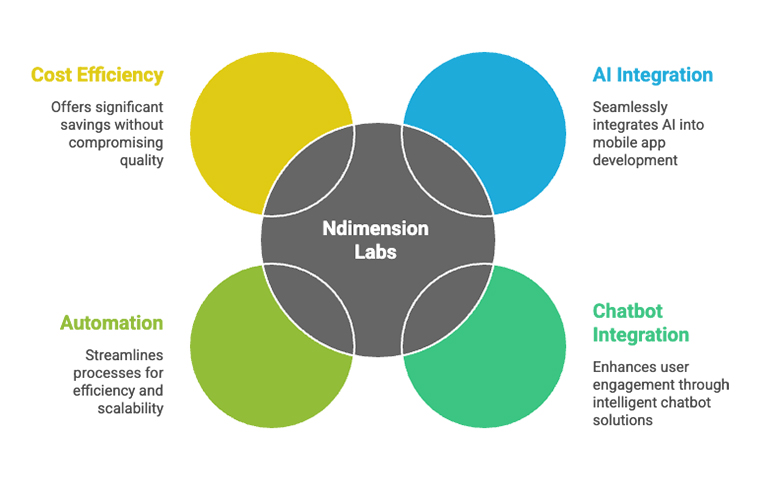
By hiring our team, you gain access to top-tier talent with world-class expertise in Flutter, React Native, and complex AI integrations. Our highly optimized global delivery model ensures you not only gain superior quality but also save up to 40% on typical development costs.
Build your next-gen app with confidence—partner with Ndimension Labs and transform your business growth with technology that thinks ahead.

